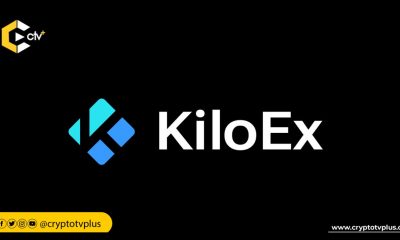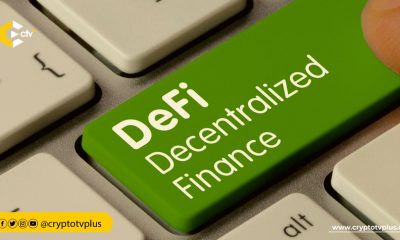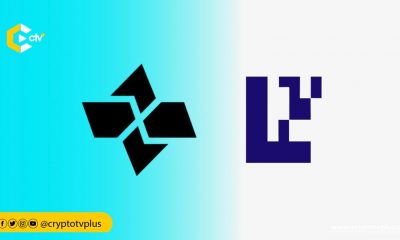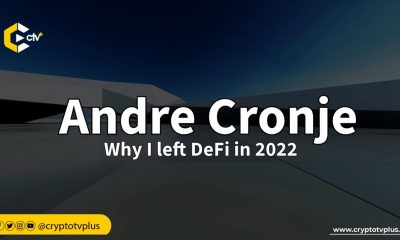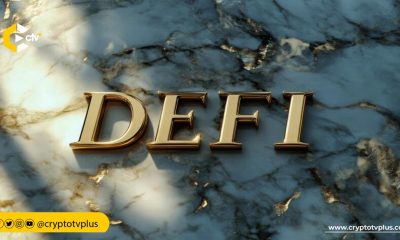FEATURED
Messari exec discusses increased DeFi collateral and ZK-Proof projects in 2024
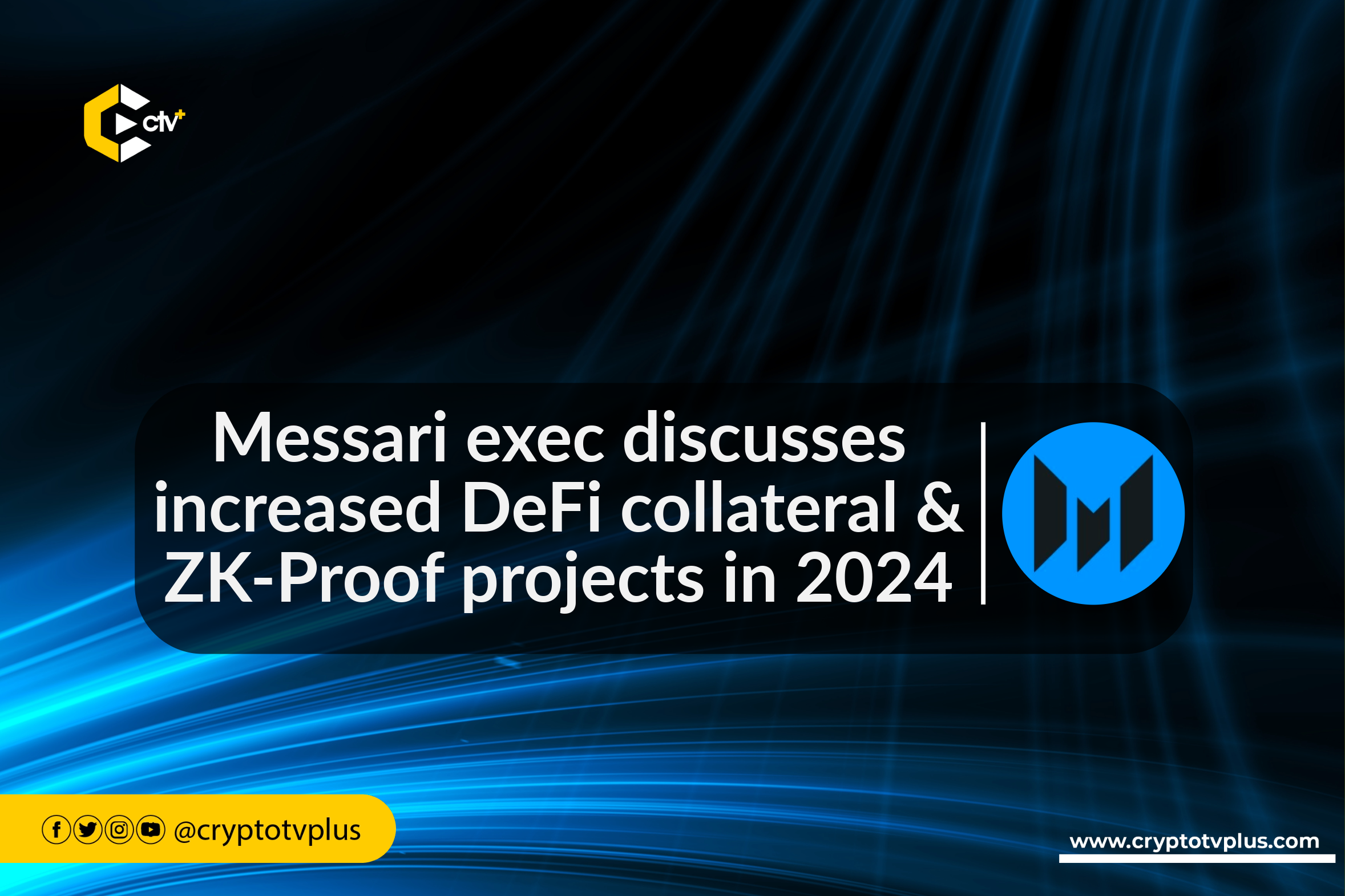
Dustin Teander, Research Lead at Messari, delved into significant trends in the crypto space at the Mainnet Summit by Messari. Messari is a prominent firm in the Web3 and cryptocurrency industry, providing industry-leading research, data, and analytics tools to support informed decision-making.
Messari offers professional-grade data, tools, and research to help individuals and organizations gain insights and make informed decisions in the crypto market.
Firstly, he noted the maturing collateral within DeFi, moving away from volatile assets. In the last year, over $500 million of on-chain treasuries were added, with MakerDAO alone acquiring $2.6 billion of real-world assets. This shift enhances efficiency and unlocks new business models in DeFi.
Rise of ZK-Proofs
He also spoke about a rise in the adoption of zero-knowledge (ZK) proof processing in 2024. This technology enables running arbitrary computations off-chain, proving the execution on-chain, and expanding the range of possible applications.
Zero-knowledge proof (ZKP) is a cryptographic technique that allows one party (the prover) to prove to another party (the verifier) that a certain statement is true without revealing any other information.
ZKPs are particularly important in the Web3 space due to their potential to enhance privacy, security, and scalability.
StarkEx, a Layer 2 scaling solution that aims to improve the scalability and privacy of blockchains through the use of SNARKs; StarkNet, a general-purpose ZKP that allows for the faster deployment of decentralized applications (dApps) on its ecosystem; and Polygon Zero, zk-powered Polygon blockchain.
Examples of Web3 projects powered by ZK-Proof infrastructure include Polygon Hermez, a decentralized zk-rollup that aims to provide a scalable and efficient ZKP solution for the Ethereum network; and Polygon Nightfall, a privacy-focused initiative by Polygon that leverages ZKPs to enable confidential transactions, which are examples of Web3 projects powered by ZK-Proof infrastructure.
DeFi business models, and payments
Additionally, Dustin discussed the evolution of DeFi business models, emphasizing the challenges faced by protocols with fee efficiency. Maker and Lido stand out due to their liquidity network effects, creating defensible moats.
Protocols like Uniswap and Balancer are adapting by launching stablecoins to generate revenue from interest earned, leading to more sustainable business models.
Furthermore, Dustin highlighted the integration of crypto into the real world, with Visa building payment rails and NuoPay launching a Visa debit card in Europe.
This integration makes crypto more tangible, bridging the gap between digital assets and real-world transactions, ultimately enhancing the user experience and contributing to the broader adoption of cryptocurrencies.
Growth of wallet infrastructure – Frax
Dustin talked about the remarkable growth in the crypto space, using the example of Frax, which has seen a $30 million increase in total value locked (TVL) and gained around 200,000 users in recent weeks.
Notably, Frax’s September revenue surpassed that of Curve, Balancer, Compound, dydx, and GMX combined, demonstrating its significant impact on the market.
He attributed this success to the ability of platforms like Frax to assemble wallet infrastructure and embedded keys, facilitating the development of consumer apps.
The argument is made that consumer apps are now feasible and are improving rapidly due to advancements in base-layer scaling infrastructure.
He went on to encourage the importance of low transaction costs, stating that this is crucial for building user-friendly applications and contributing to the real-world use of crypto.
L2s in Web3
In closing, Teander discussed the growth of Layer 2 (L2) transactions over Ethereum, pointing out a significant increase in the transaction ratio.
The emergence of various L2 solutions, such as Arbitrum and Optimism, contributes to this growth, making transactions more efficient and scalable. He predicted continued expansion in this area, with more L2 solutions coming into play.
Read also; Advancing open source on Solana: Magic Eden’s co-founder tackles challenges & tooling improvements





